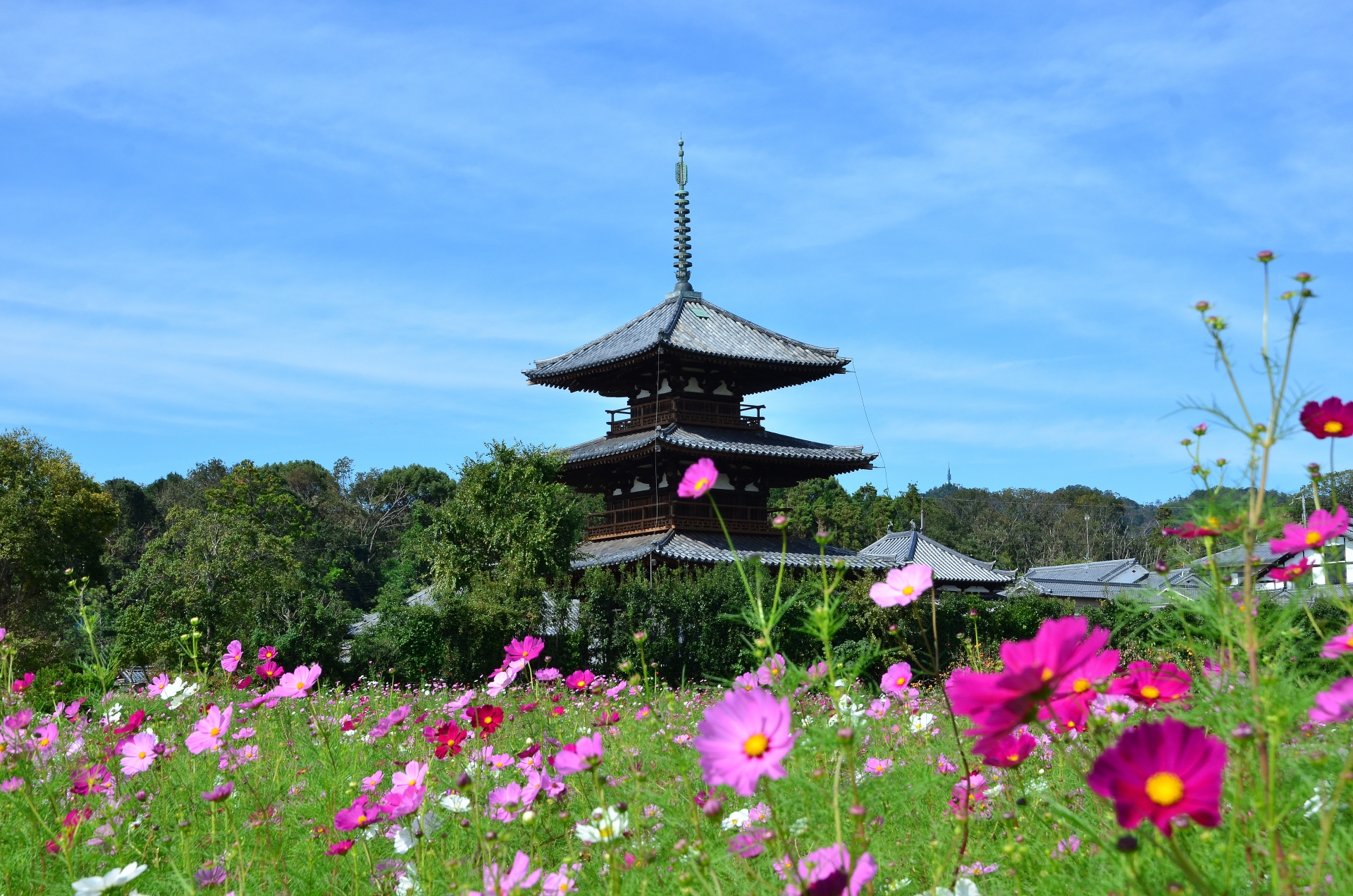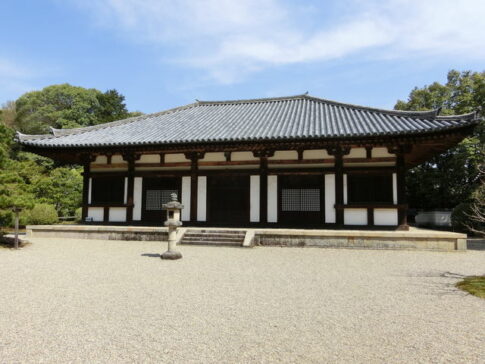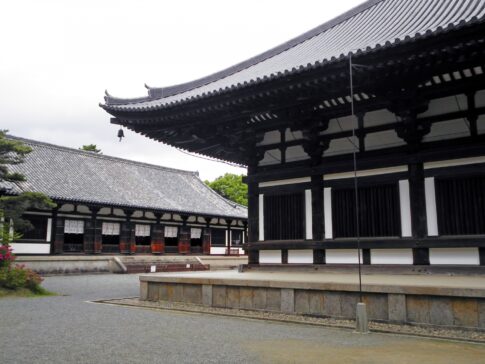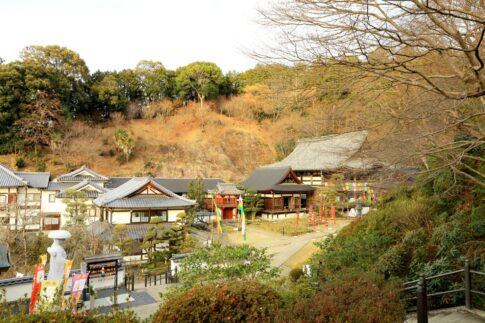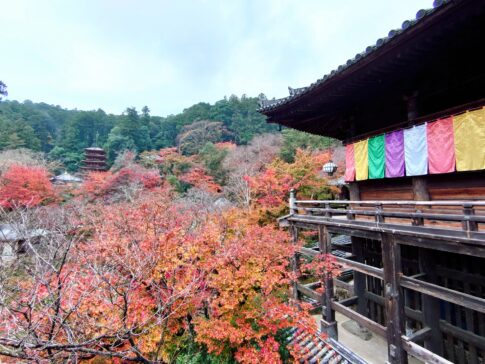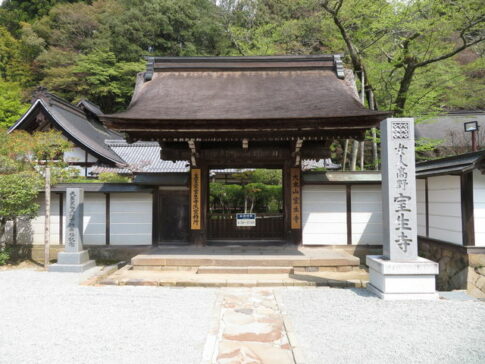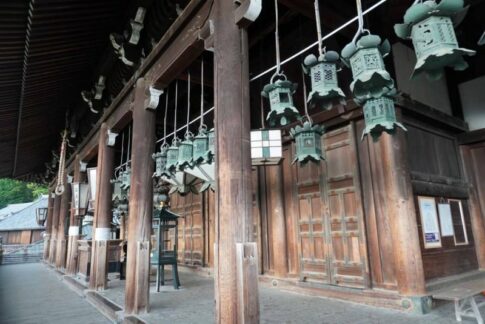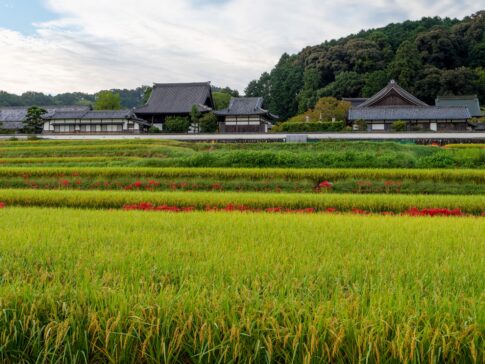The previous article featured the Todaiji temple, one of the world’s oldest wooden constructions.
While Todaiji is certainly one of the most exciting places to visit in Nara, it is not the only thing that Japan’s old capital has to offer.
Horyuji (法隆寺), also known as Hōryū Gakumonji (法隆学問寺) or Ikarugadera (斑鳩寺), is an ancient temple complex that is another UNESCO World Heritage Site in Nara.
Along with other historical sites in Nara, it is one of the most popular sightseeing destinations for those traveling in Japan.
This article provides a quick overview of the history of the Horyuji temple and covers all you need to know before visiting the temple.
What is the Horyuji Temple?
The Horyuji temple is a complex of temples serving as a monastery.
It was founded in today’s Nara in 607 under the direction of Prince Shōtoku, who was promoting Buddhism at the time. Shortly after the construction was completed, a thunder struck the temple and caused a great fire that destroyed all the buildings on its grounds.
The temple was then reconstructed and repaired several times, during which it was slightly reoriented in a northwest position.
Along with Todaiji, the Horyuji temple is a listed UNESCO World Heritage Site that the city of Nara boasts and it is the first Japanese heritage to be registered in the list.
Due to the extensive reconstruction that took place around 700, the Horyuji temple embraces a fusion of various architectural styles from the early Asuka period (538 to 710).
The temple’s treasures, such as frescoes and statues, show significant influences from Korea and China, both of which had a trading relationship with the government in Nara at the time.
These treasures, such as the interior of the main hall resembling the Buddhist vision of paradise, are also the key to understanding Buddhist practices in ancient Japan.
Due to this, The Horyuji temple is considered to be a time capsule of Buddhist art and was once a part of the Seven Great Temples in Heijō-kyō (平城京)–Japan’s old capital–now called Nara.
Attractions of the Horyuji temple
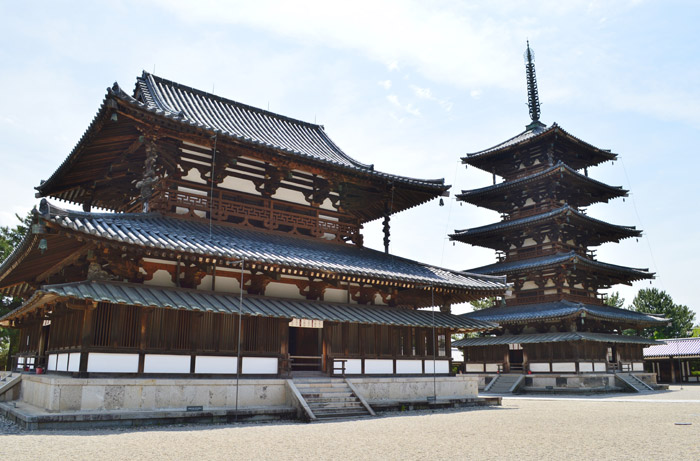
The Horyuji temple contains a number of halls and Gojunoto (五重の塔), a splendid 5-story pagoda (a type of tower).
This type of pagoda originated in ancient India, and similar structures can be found all across East Asia. Gojunoto is distinct in its extremely small proportions and is known to be one of the oldest wooden towers in the world.
The pagoda is located in Saiin-garan (西院伽藍), the west precinct of Horyuji, side by side with Kondō (金堂 main hall), another major attraction of the temple.
Kondō holds a number of Buddhist monuments that Nara owns and is believed to be the oldest wooden building in the world.
Both Gojunoto and Kondō are listed as Japanese national treasures.
Visitors to the Horyuji temple can first enter Saiin-garan through the Nandaimon (南大門) gate before moving to Tōin-garan (東院伽藍), the east precinct of the temple.
Tōin-garan contains Yumedono (夢殿), an exquisite octagonal hall which was built to assuage the spirit of Prince Shōtoku.
It stands on the ground which the Prince’s palace, Ikaruga no miya (斑鳩宮), used to occupy before it was destroyed by a fire.
The hall also contains Yumedono-kannon (夢殿観音), one of the Buddhist deities, which is another Japanese national treasure that Nara owns.
Located between the two precincts is Daihozo-in (大宝蔵院), which contains the temple’s art collection.
It is a modern construction built in 1998 and holds a number of Buddhist objects including relics, artwork, various statues of Buddha and Kudara-kannon (百済観音), another Buddhist deity made around the 8th century.
With its sinuous elegance, the 2-meter-tall wooden statue has inspired numerous Japanese writers into writing essay and poetry dedicated to praising its beauty.
Although its origin is obscure, Kudara-kannon is believed to have been made in ancient India before it arrived in Nara through Baekje, a kingdom which then existed in southwestern Korea.
How to access the Horyuji Temple?
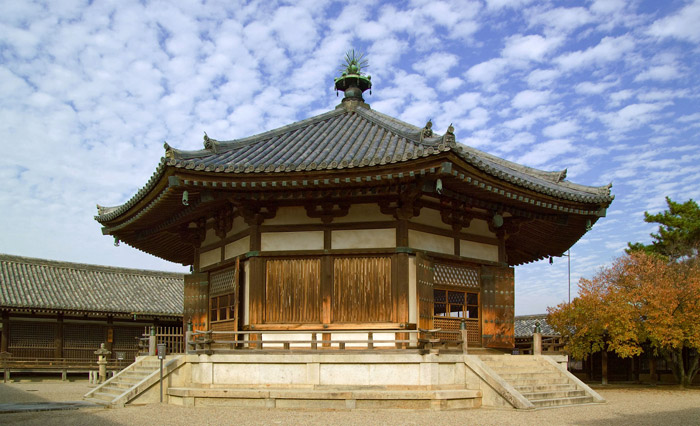
Unlike Todaiji, Horyuji is located outside of central Nara.
The temple is about 20 minutes away on foot from the nearby Horyuji station.
Several bus lines are also available from the Horyuji station and the JR or Kintetsu Nara station.
From the Horyuji station, take bus 72 and get off at the Horyujisando bus stop to access the temple.
From the JR or Kintetsu Nara station, take bus line 98 and get off at the Horyujimae bus stop.
There are admission fees of 1,500 yen for adults (12 or over) and 750 yen for children.
For a group of more than 30 people, a group fee is available for 1,200 yen per person.
The temple is open from 8 am to 5 pm (8 am to 4:30 pm from November 4th to February 21st) and there is no closing days throughout the year.
Visitors may also hire bicycles to explore the vicinity of the temple.
Bike hire stations can be found at the temple’s information center or right next to the Horyujimae bus stop.
At the information center, tour guides and English-speaking staff are also available.
The temple itself is large enough to take hours to fully explore, so I recommend you make sure to have at least 2 hours of window in your itinerary before visiting the temple.
Summary
The Horyuji temple offers an amazing experience to all visitors from around the world.
Considered to be the birthplace of Japanese Buddhism, it is a must-see sightseeing spot that the city of Nara boasts.
Along with Todaiji, Horyuji is one of the reasons why everyone should visit Nara even by making a detour while visiting Japan.
